Circulatory System Worksheets
Are you teaching your students about the circulatory system and in need of some engaging and educational resources? Look no further! Our circulatory system worksheets are designed to help young learners grasp the intricate workings of this essential bodily system. With clear diagrams and informative exercises, these worksheets are perfect for elementary and middle school students who are eager to learn about the human body.
Table of Images 👆
More Other Worksheets
Kindergarten Worksheet My RoomSpanish Verb Worksheets
Cooking Vocabulary Worksheet
DNA Code Worksheet
Meiosis Worksheet Answer Key
Art Handouts and Worksheets
7 Elements of Art Worksheets
All Amendment Worksheet
Symmetry Art Worksheets
Daily Meal Planning Worksheet
What is the primary function of the circulatory system?
The primary function of the circulatory system is to transport oxygen, nutrients, hormones, and waste products throughout the body. It accomplishes this by circulating blood through the heart, arteries, capillaries, and veins, ensuring that all cells receive the necessary resources for metabolism and removing metabolic waste products from the body.
How does blood circulate through the body?
Blood circulates through the body by being pumped by the heart through a system of blood vessels. Oxygen-rich blood is pumped from the heart to the body's tissues through arteries, where it delivers oxygen and nutrients. The blood then flows back to the heart through veins, carrying carbon dioxide and waste products to be removed by the lungs and kidneys. This cycle continues, ensuring that all cells in the body receive the necessary nutrients and oxygen for proper function.
What are the main components of blood?
The main components of blood are red blood cells, white blood cells, platelets, and plasma. Red blood cells transport oxygen throughout the body. White blood cells play a crucial role in the immune system by fighting off infections and diseases. Platelets are essential for blood clotting to prevent excessive bleeding. Plasma is the liquid component of blood that carries nutrients, hormones, and waste products throughout the body.
How is the circulatory system connected to the respiratory system?
The circulatory system and the respiratory system are connected through the process of gas exchange. In the respiratory system, the lungs take in oxygen from the air during inhalation and release carbon dioxide during exhalation. The circulatory system then transports oxygen from the lungs to the rest of the body's tissues via the blood vessels, while picking up carbon dioxide to be exhaled by the lungs. This exchange of gases allows for the delivery of oxygen and removal of waste products throughout the body, demonstrating the close connection between the circulatory and respiratory systems.
What role do blood vessels play in the circulatory system?
Blood vessels play a crucial role in the circulatory system by serving as the transportation network that carries blood throughout the body. Arteries carry oxygenated blood away from the heart to the body's tissues, while veins return deoxygenated blood back to the heart. Capillaries link arteries with veins and enable the exchange of nutrients, gases, and wastes between the blood and the tissues. Overall, blood vessels help maintain proper circulation, deliver nutrients to cells, remove waste products, and regulate blood pressure and temperature in the body.
What is the difference between arteries and veins?
Arteries carry oxygenated blood away from the heart to the rest of the body, while veins return deoxygenated blood back to the heart. Arteries have thicker walls and a more muscular structure to withstand high pressure from the heart's pumping action, while veins have thinner walls and valves to prevent backflow of blood. Additionally, arteries typically have a pulsating flow due to the heartbeat, whereas veins have a steady flow.
How does the heart pump blood?
The heart pumps blood through a series of contractions and relaxations of its four chambers. Blood enters the right atrium from the body, flows into the right ventricle, and is then pumped to the lungs to receive oxygen. Oxygen-rich blood returns to the left atrium, passes into the left ventricle, and is pumped out to the rest of the body through the aorta. The heart's rhythmic contractions are controlled by electrical signals that ensure efficient circulation of oxygenated blood to the body's tissues and organs.
What is the function of red blood cells?
The function of red blood cells is to transport oxygen from the lungs to all cells in the body and to transport carbon dioxide from the cells back to the lungs for exhalation. This is accomplished through the protein hemoglobin, which binds to oxygen in the lungs and releases it in tissues throughout the body.
How do white blood cells protect the body?
White blood cells protect the body by identifying and destroying pathogens such as bacteria, viruses, and other harmful substances. They do this through various mechanisms, including engulfing and digesting foreign invaders, producing antibodies to target specific pathogens, and releasing toxic substances to kill pathogens. White blood cells also play a crucial role in the body's immune response by coordinating with other immune cells to fight infections and help maintain overall health and well-being.
What happens during circulation disorders, such as high blood pressure or atherosclerosis?
During circulation disorders like high blood pressure or atherosclerosis, the normal flow of blood through the arteries is disrupted. High blood pressure can lead to increased pressure on the artery walls, weakening them over time and increasing the risk of damage or blockages. Atherosclerosis, on the other hand, involves the build-up of plaque (made up of fat, cholesterol, and other substances) inside the arteries, narrowing them and reducing blood flow. These conditions can result in serious complications such as heart attacks, strokes, or peripheral artery disease if left untreated.
Have something to share?
Who is Worksheeto?
At Worksheeto, we are committed to delivering an extensive and varied portfolio of superior quality worksheets, designed to address the educational demands of students, educators, and parents.

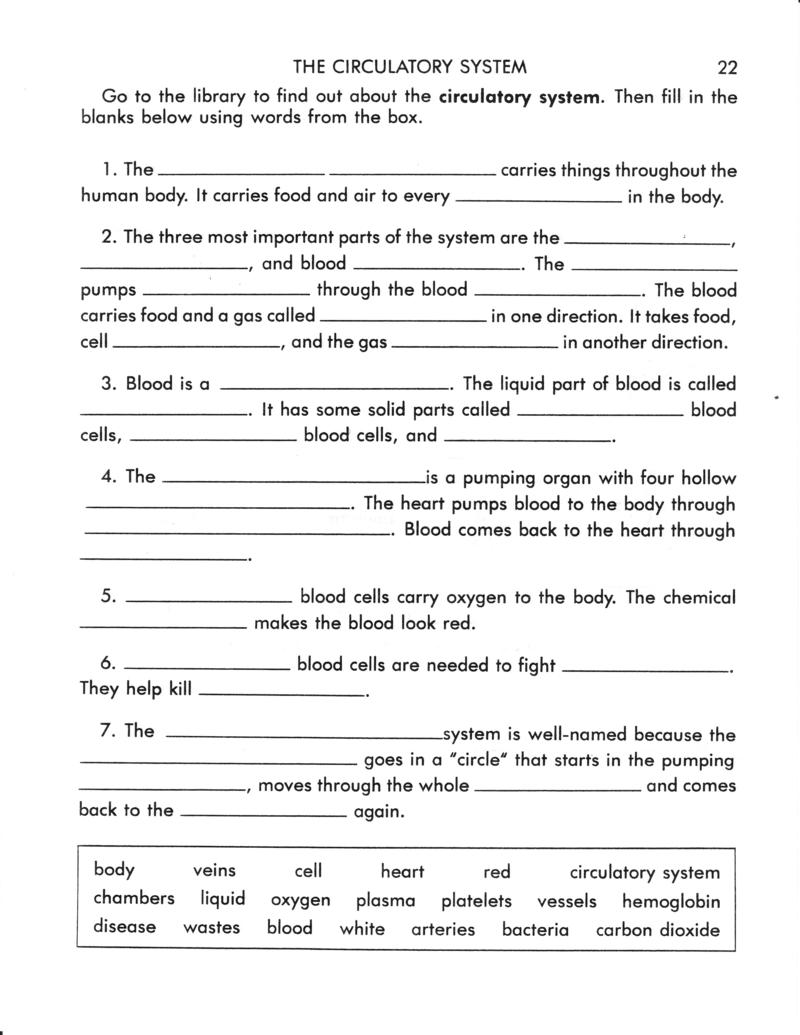



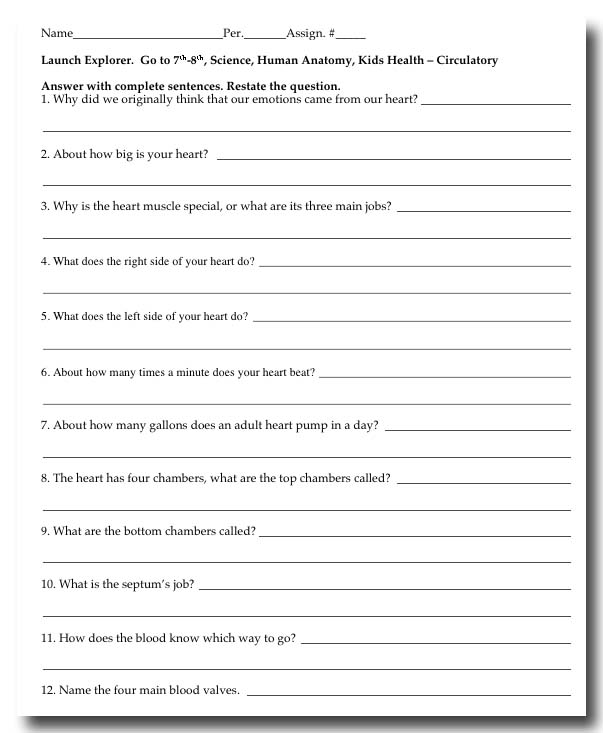
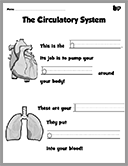
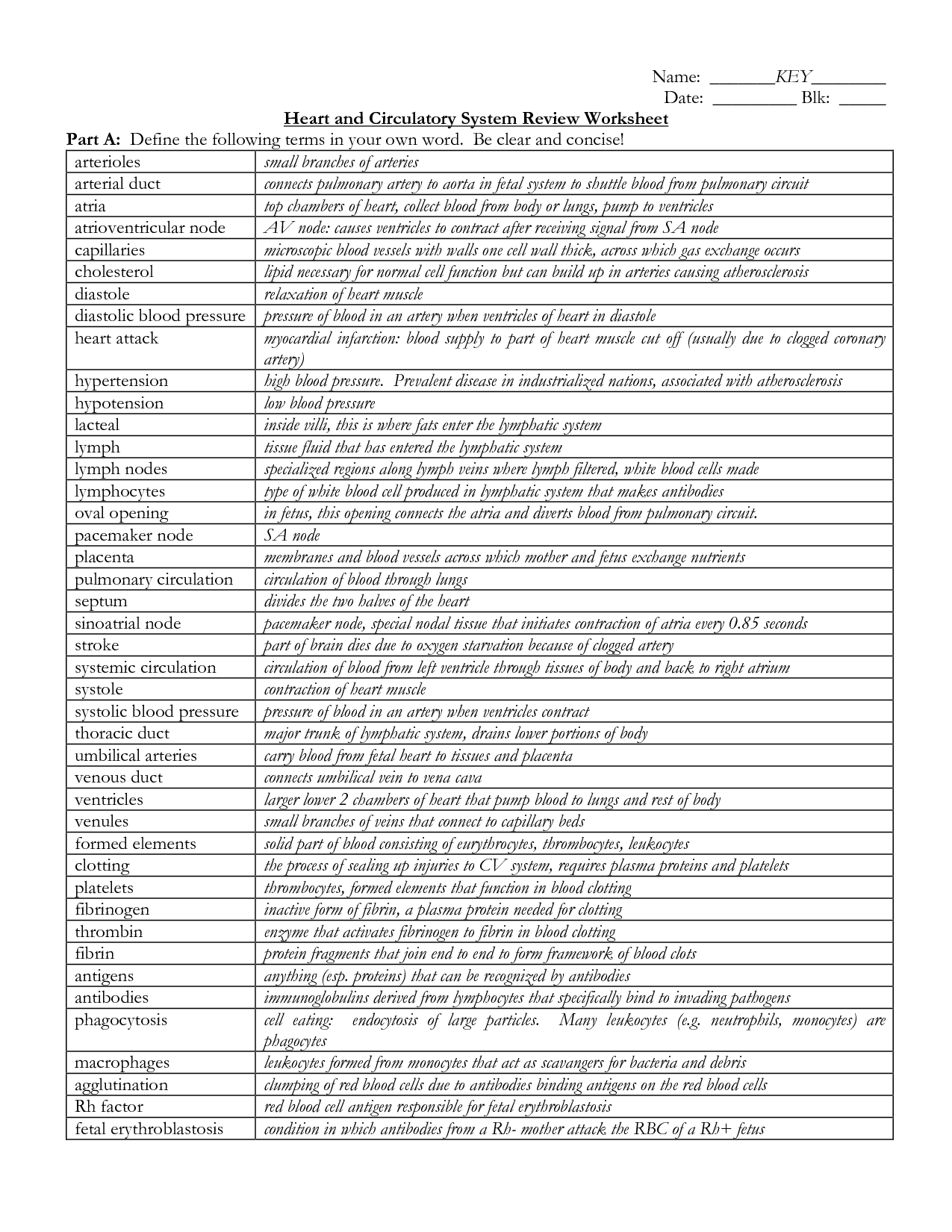
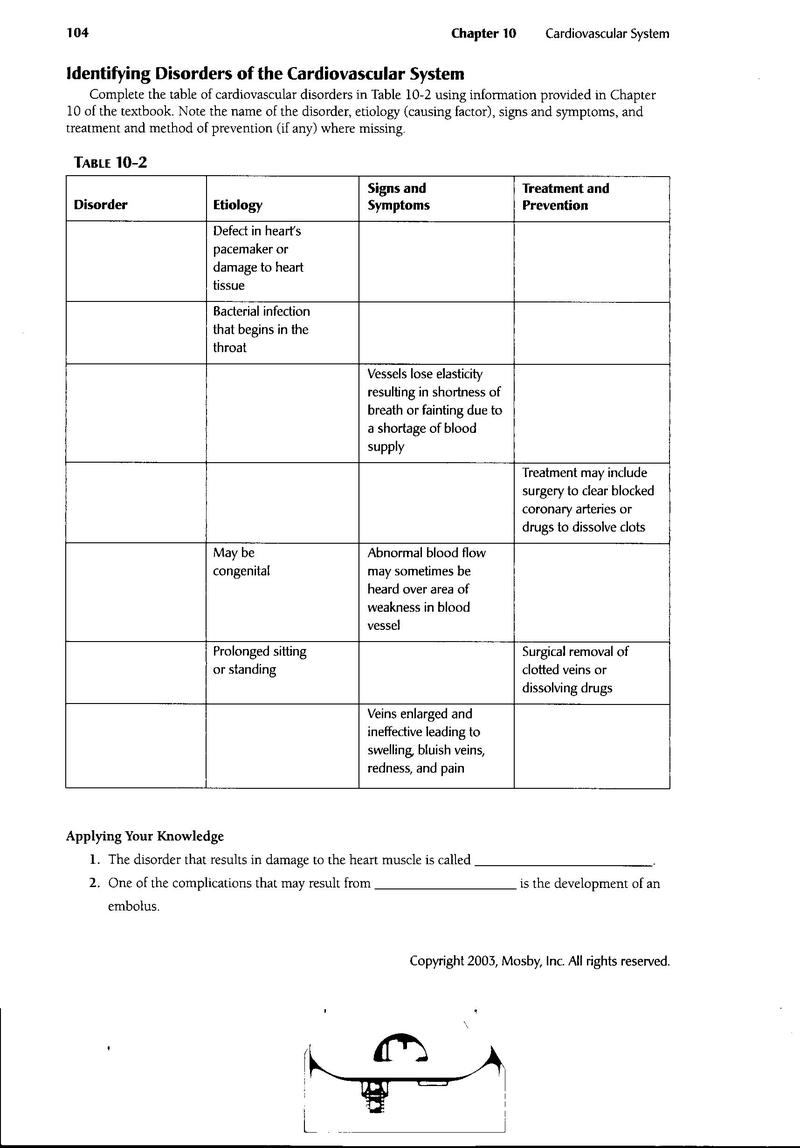
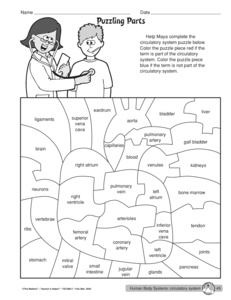
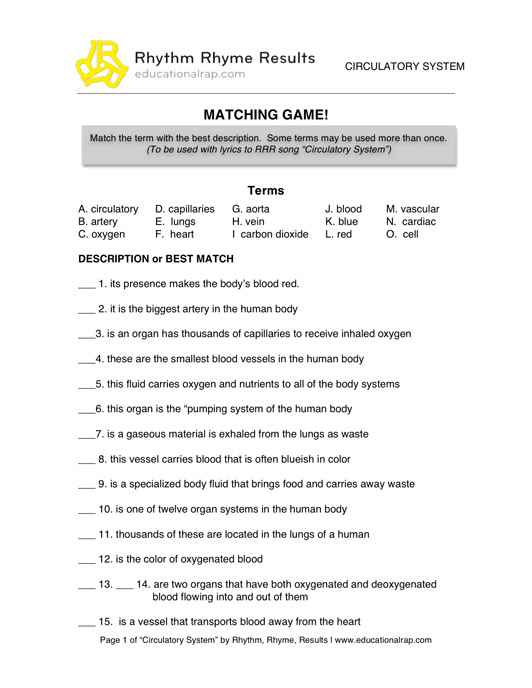
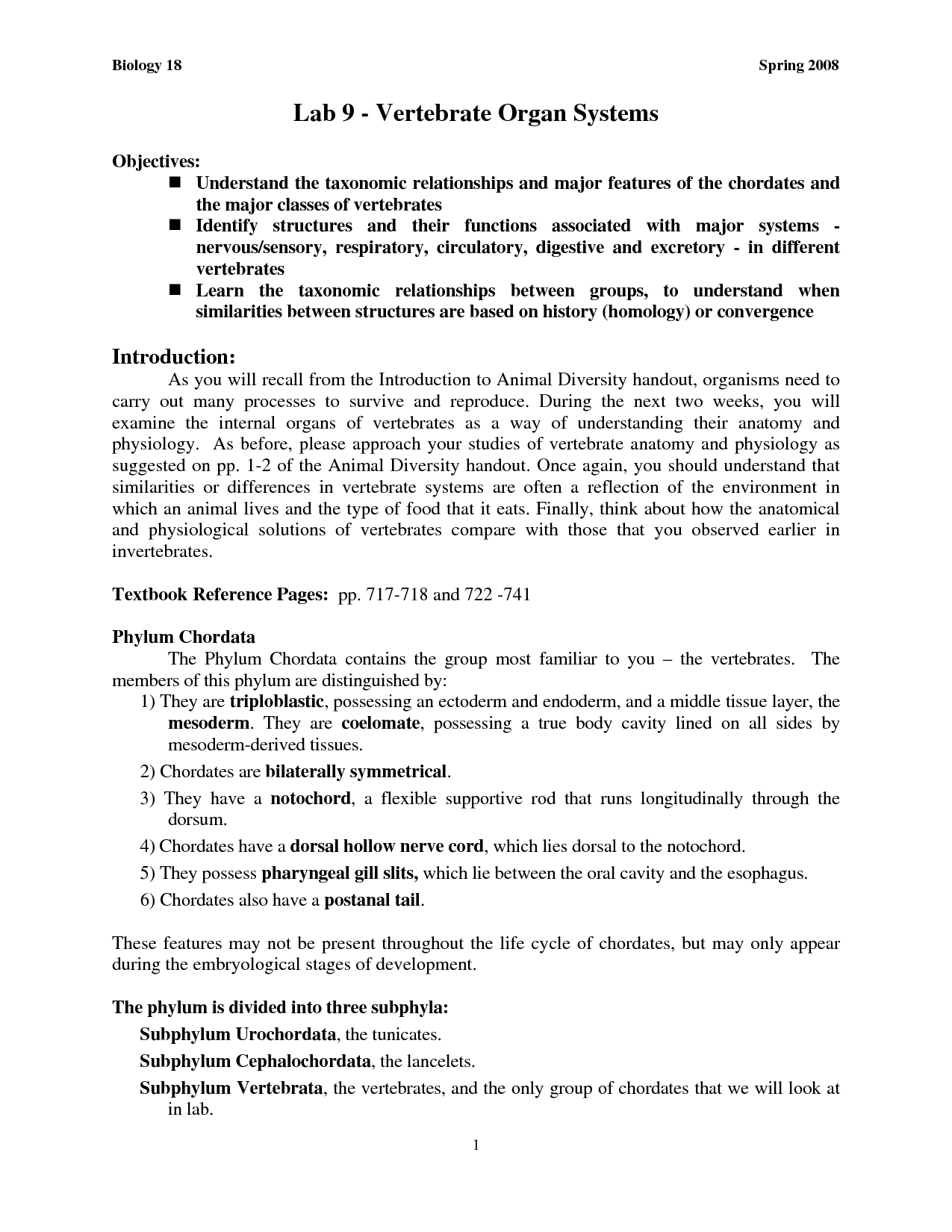
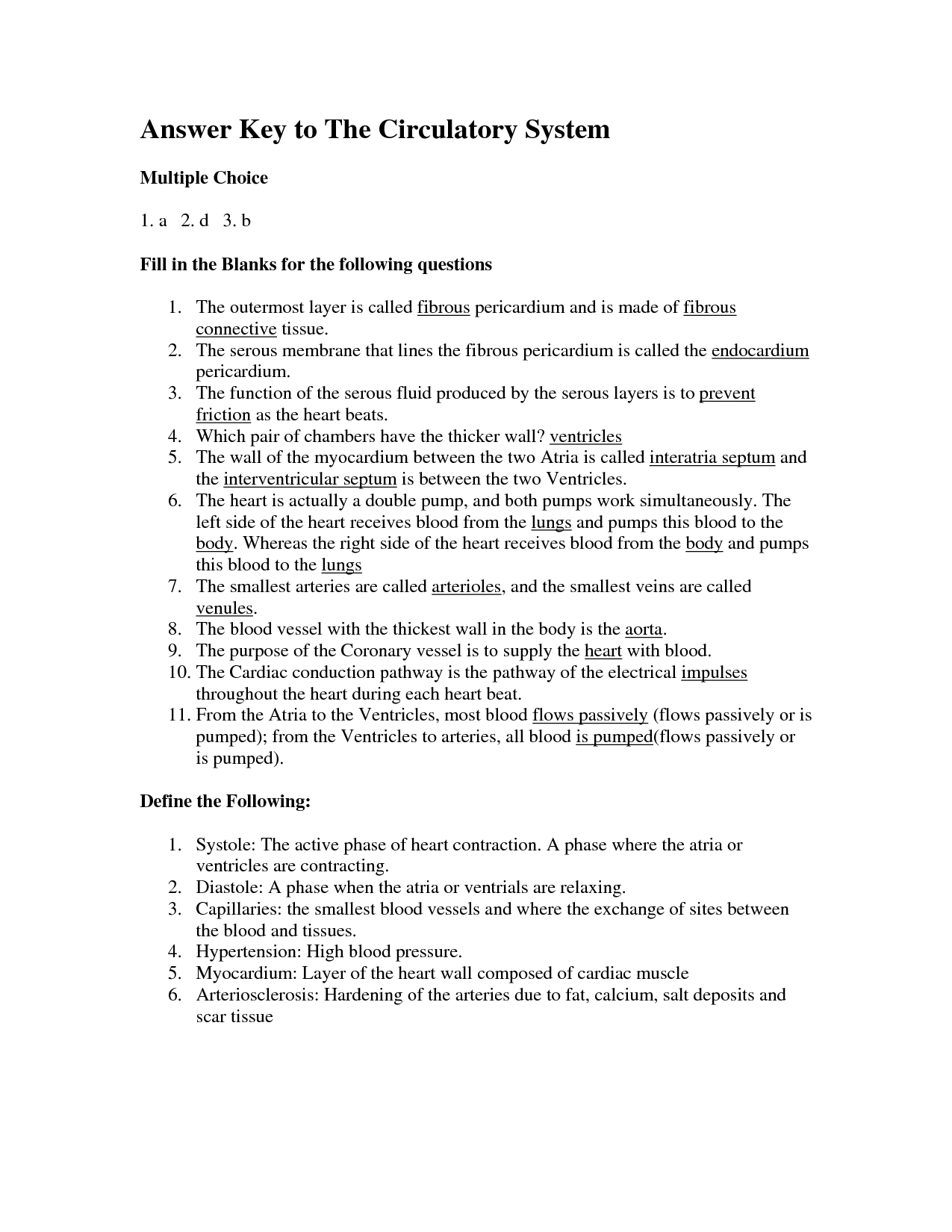
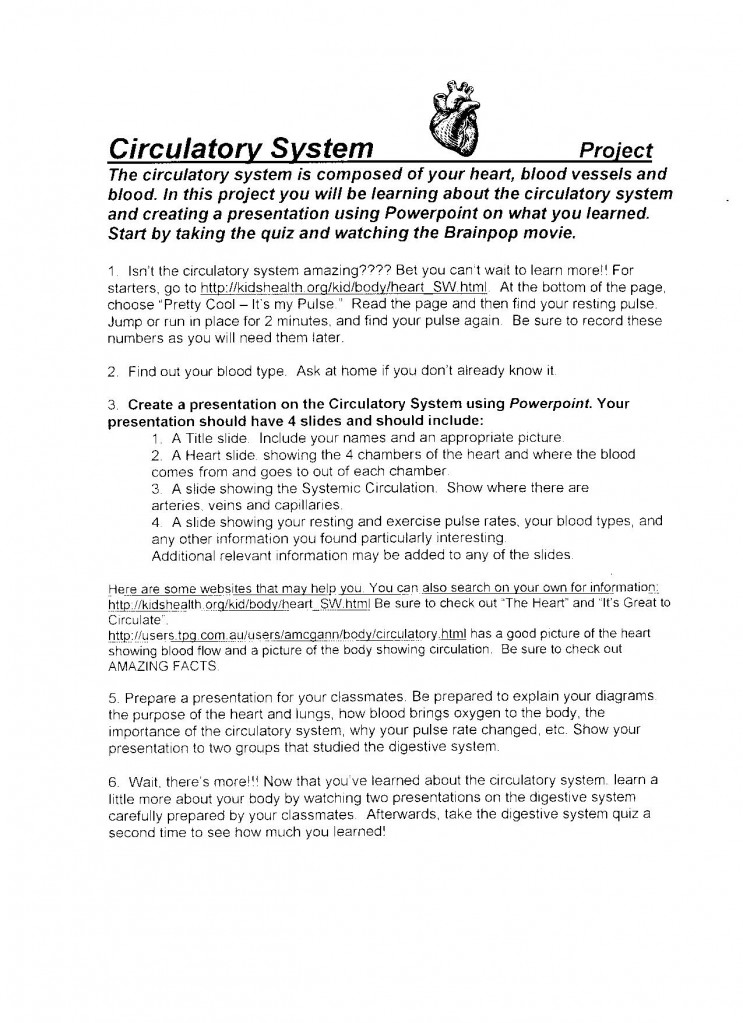
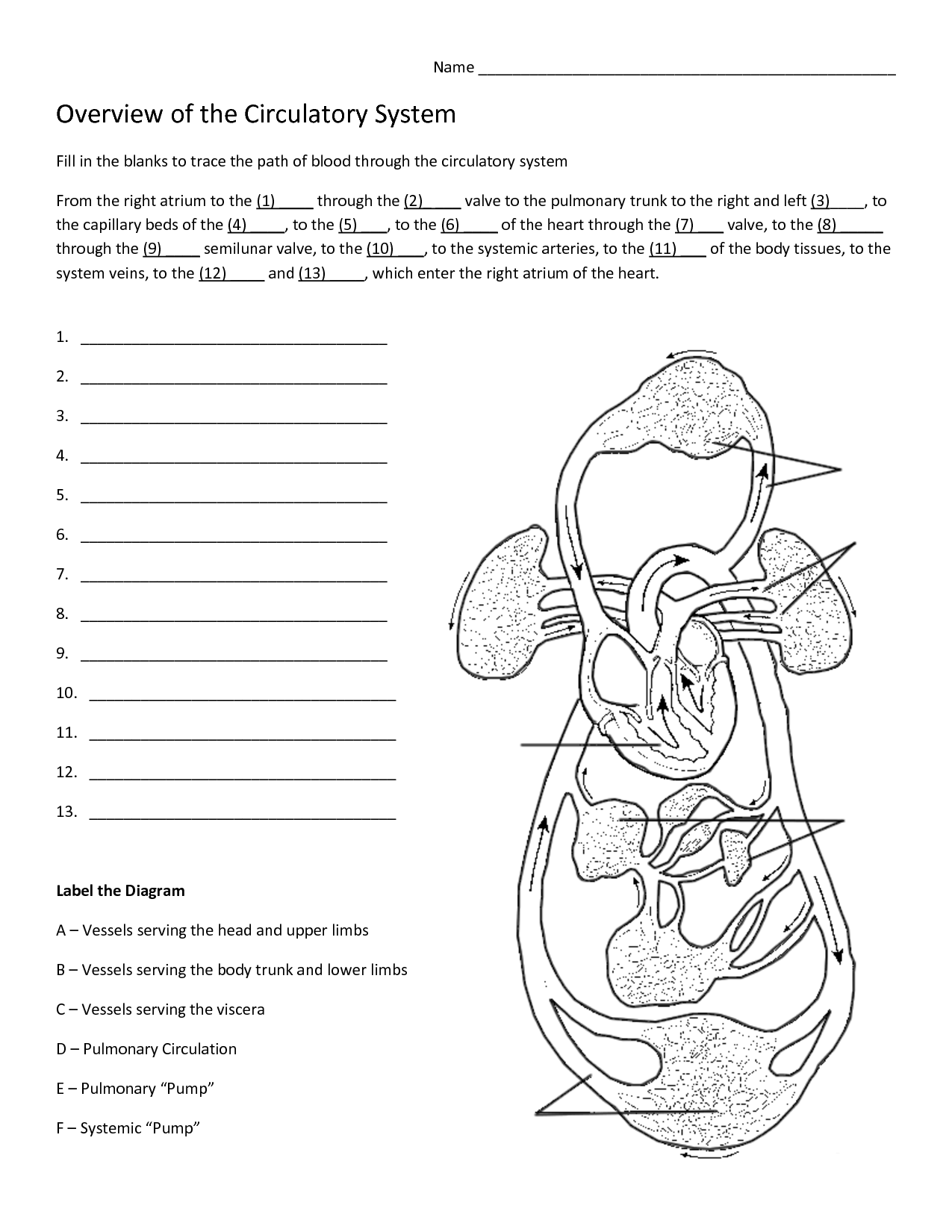














Comments